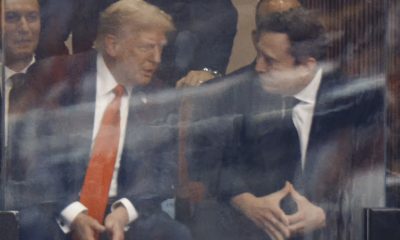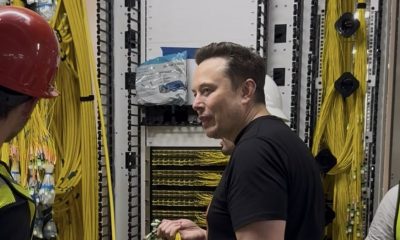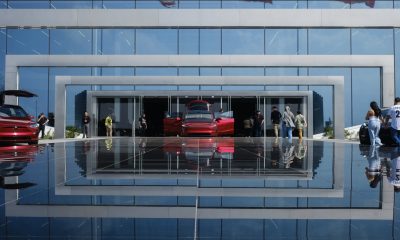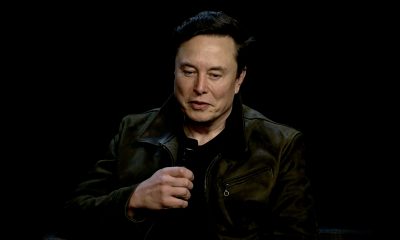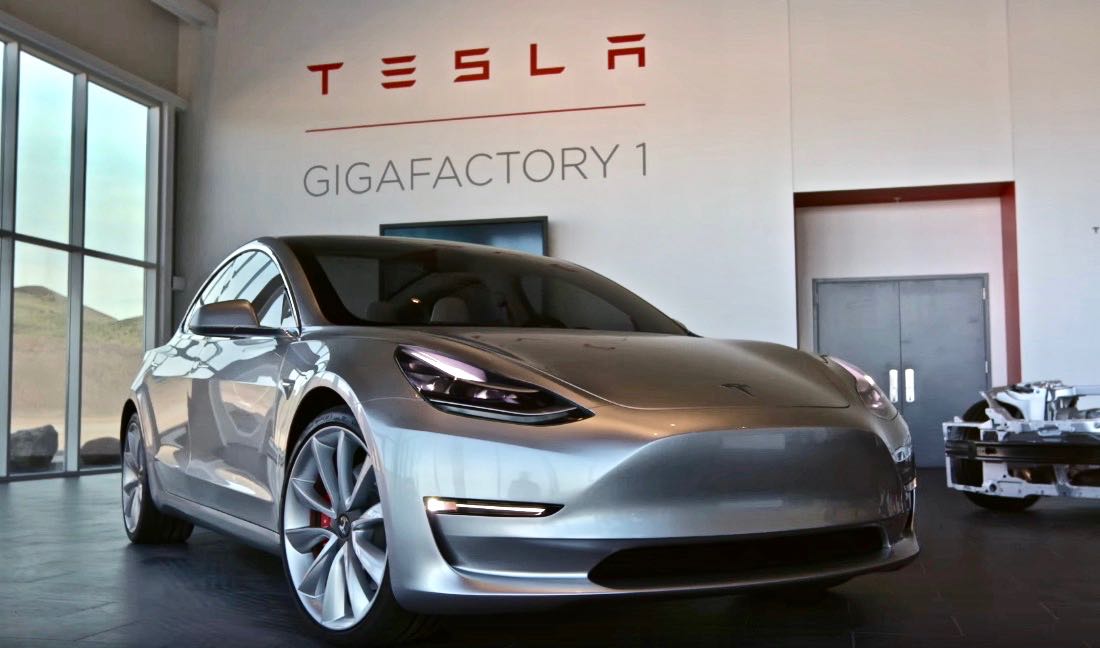
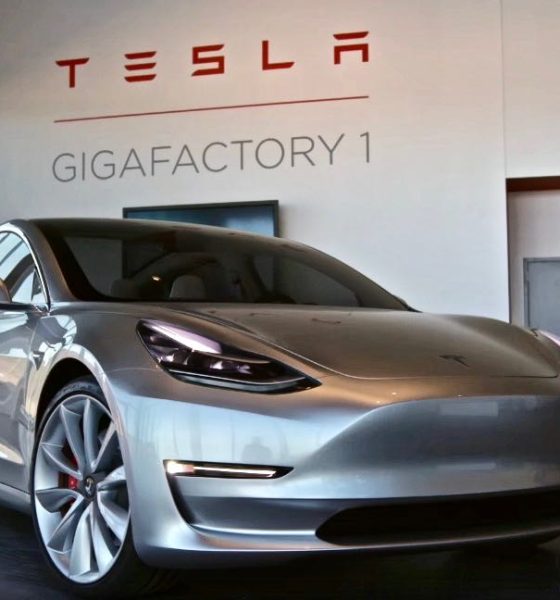
News
Tesla Gigafactory will expand production to Model 3 motors and drivetrain
Tesla’s Gigafactory will soon produce more than just lithium-ion battery cells for the company’s line of energy storage systems and fleet of electric cars. Nevada governor Brian Sandoval announced on Tuesday, during his State of the State address, that Tesla will be investing an additional $350 million into the Sparks, Nevada-based factory to expand production to include motors and ‘gearboxes’ for the upcoming Model 3.
Sandoval also noted that Tesla is expected to bring an additional 550 skilled labor jobs to the Gigafactory. The factory has over 1,000 full-time employees at this time and 2,000 construction workers working on the facility.
“Tonight I am pleased to announce that Tesla will expand its investment in Nevada by producing the electric motors and gearboxes for the Model 3 at the Gigafactory,” Sandoval said.
Tesla’s CTO J.B. Straubel was also present at the address Tuesday and was welcomed with a standing ovation.
“I want to thank J.B. and Tesla for the decision to double-down on the “get it done” state,” Gov. Sandoval said in his address. Tesla CEO and Founder Elon Musk famously called the state the “get it done” state when Tesla first announced their plans to build the Gigafactory in the state.
While this news is the first time Tesla has indicated that they plan to shift more than battery cell and pack production to the Gigafactory, it doesn’t come as a surprise. Musk claimed the Gigafactory could support close to 10,000 jobs, up from the previous estimate of 6,500.
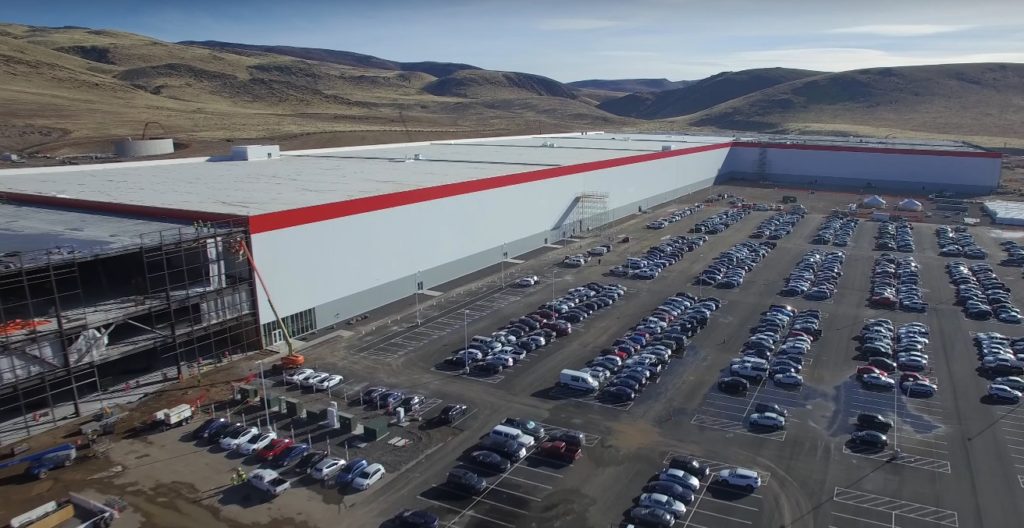
Drone video of Tesla’s Gigafactory shows the battery factory more than doubling in size
Gigafactory “continues to build speed”
Sandoval also claims that the Gigafactory “hit its marks and continues to build speed.” Tesla believes the factory will cost roughly $5 billion when the project is complete. Panasonic plans to contribute $1.6 billion to the project and is betting on their battery division as a significant growth driver.
Just this last weekend, Panasonic held a job fair a the Gigafactory for the upcoming battery cell production that will begin in Q2 of 2017. As Tesla prepares to launch the Model 3 later this year, it is more important than ever that Tesla continues to expand operations at the Gigafactory to lower costs and achieve their planned start of production date of July 1st. First Model 3 deliveries are expected to take place at the end of this year.
Listen to Governor Sandoval welcoming J.B. Straubel and mentioning Tesla as a leading contributor to Nevada’s economic growth (28:54 min. marker).
News
Tesla Fremont Factory celebrates 15 years of electric vehicle production
Since opening in 2010, the Fremont Factory has produced all four “S3XY” models while creating tens of thousands of jobs.
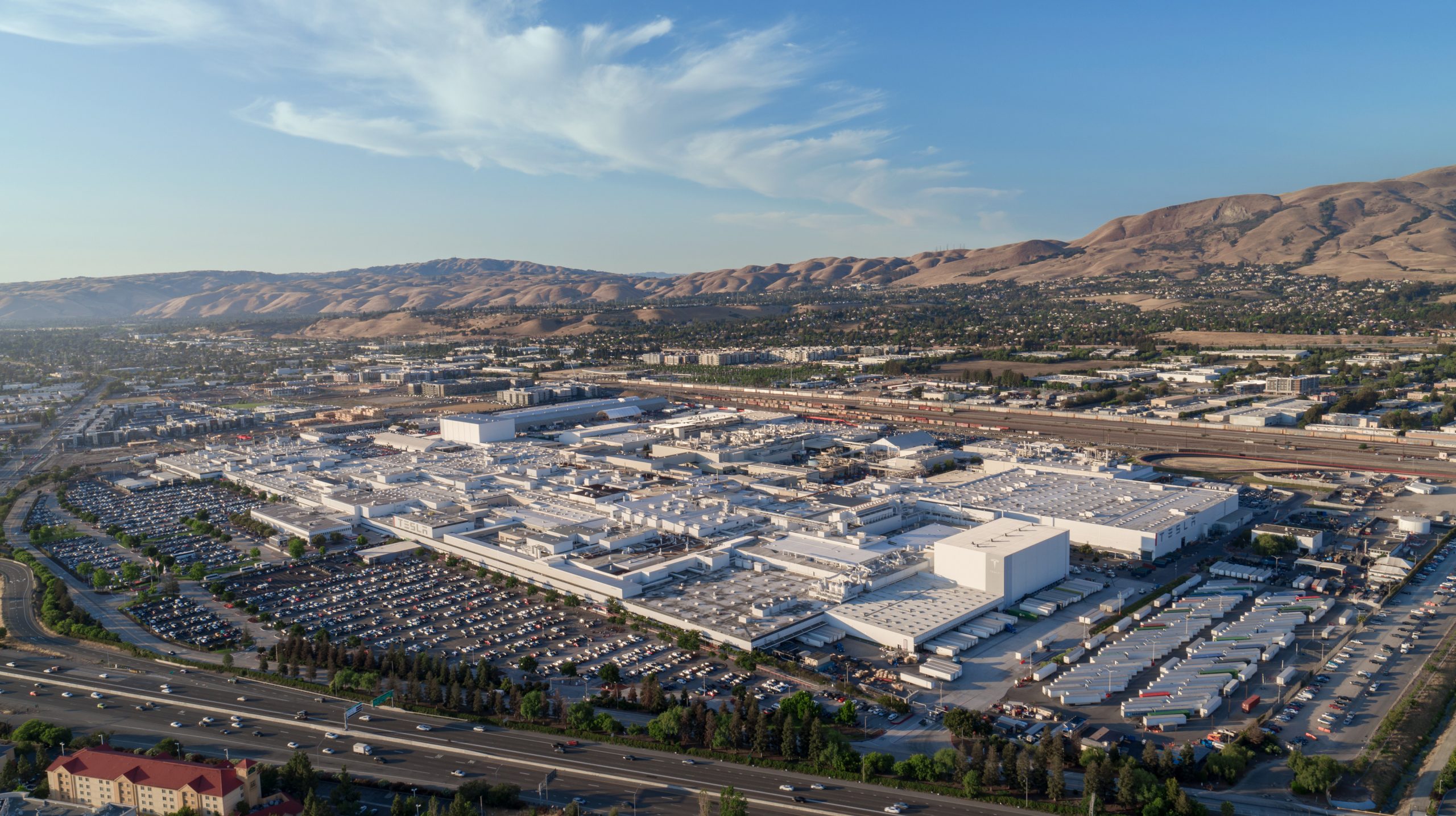
Tesla is marking the 15-year anniversary of its Fremont Factory in California, the first automotive mass-manufacturing plant acquired by the electric car maker.
Since opening in 2010, the Fremont Factory has produced all four “S3XY” models while creating tens of thousands of jobs and investing billions of dollars in the region.
Celebrating 15 years of EV production
The Fremont Factory’s milestone was celebrated by the official Tesla Manufacturing account on X, which posted a photo of several Teslas forming a “15” in front of the facility’s iconic white facade. As per the electric vehicle maker, the Fremont Factory has now produced 3.6 million vehicles so far, and it has also created over 20,000 jobs in the state.
“15 years ago, we opened Fremont factory. Today, the Fremont team is producing all 4 S3XY models, totaling 3.6M vehicles made so far. 20k+ California jobs created w/ billions of dollars invested,” the official Tesla Manufacturing account on X wrote in its post.
The Fremont Factory’s transformation
Tesla acquired the Fremont Factory from the defunct NUMMI joint venture between General Motors and Toyota in May 2010 for $42 million. The facility had produced more than 8 million vehicles under GM and Toyota over 26 years. Following its acquisition, Tesla retooled the 5.3-million-square-foot plant to support the production of the Model S sedan.
Over the past 15 years, the factory has evolved into Tesla’s primary North American production hub, assembling the Model S, 3, X, and Y. Annual output has exceeded 550,000 vehicles, including nearly 560,000 produced in 2023 alone. Expectations are high that other products, such as the next-generation Roadster and Optimus, might be produced in the Fremont Factory as well.
News
Tesla posts job opening for next-generation Roadster production
Elon Musk teased a major demonstration at the Tesla Design Studio in Hawthorne, scheduled for the end of the year.
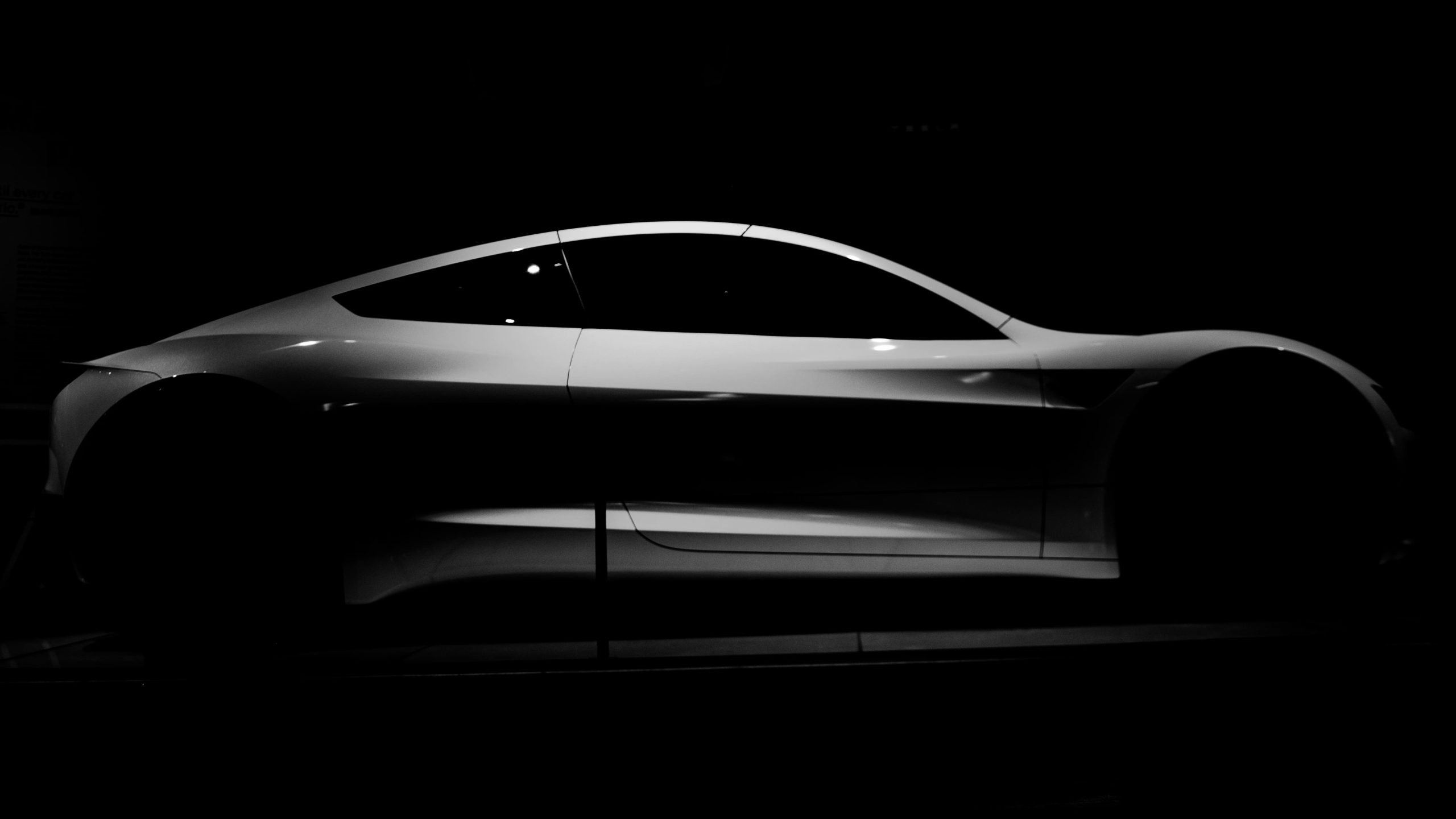
Tesla has opened its first job listing specifically for the next-generation Roadster, hinting at some substantial progress on the company’s long-awaited flagship all-electric supercar.
The company is looking for a Manufacturing Engineer to support the development and launch of new battery manufacturing equipment, which would likely be pivotal to the Roaster, considering its teased performance and range.
Tesla’s next-generation Roadster batteries
As per Tesla’s Careers website, the Roadster Manufacturing Engineer’s tasks would include ideating equipment concepts, developing specifications, validating processes, and addressing production bottlenecks. Tesla emphasized that the position involves collaboration across domestic and international sites, supporting equipment factory acceptance tests and assisting operations teams, with expected travel under 50 percent.
“In this role, you will take large-scale manufacturing systems for new battery products and architectures from the early concept development stage through equipment launch, optimization, and handover to local operations teams. Battery development is at the heart of our company, and this is an exciting opportunity to work directly on the central challenges for the all-new Roadster product architecture while still in its early development stages,” the job listing noted.
The opening marks one of the first public hiring efforts explicitly tied to the next-gen Roadster, suggesting that the vehicle’s development might be approaching its initial manufacturing phase. The fact that the new Roadster’s first job opening is related to its battery is interesting, as the vehicle was unveiled with a range of 620 miles way back in late 2018. Though at the time, Elon Musk also noted that the Roadster would be fitted with a 200 kWh battery, twice the size of the batteries used in the Model S and Model X.
Musk teases “most epic demo ever” and fuels Roadster speculation
Back in July, Elon Musk teased a major demonstration at the Tesla Design Studio in Hawthorne, California, scheduled for the end of the year. Musk shared on X that he had just visited the studio, calling the upcoming event the “most epic demo ever by one of year. Ever.”
The statement immediately prompted speculations that Tesla may finally be ready to reveal the production version of the next-generation Roadster. Originally unveiled alongside the Semi in 2018, the Roadster has remained under wraps while the company scaled production of other models. Since its unveiling, however, the Roadster’s rollout has been pushed back in favor of the original Model Y, the refreshed Model S and X, the Cybertruck, the refreshed Model 3, the Semi, and the new Model Y.
At the time of its unveiling, the next-generation Roadster was teased to be nothing short of a monster, with a 0-60 mph time of 1.99 seconds and a top speed of over 250 mph. Elon Musk also teased that the next-generation Roadster would have a range of 620 miles per charge. Later, the CEO noted that the Roadster should be able to achieve a 0-60 mph launch of less than 1 second, thanks to the vehicle’s SpaceX package. Musk has also noted recently that the next-generation Roadster would be “beyond a car.”
News
Tesla’s Shanghai sites now producing massive solar output, confirms exec
Gigafactory Shanghai’s rooftop solar installation now generates an impressive amount of clean energy, and other sites are following suit.
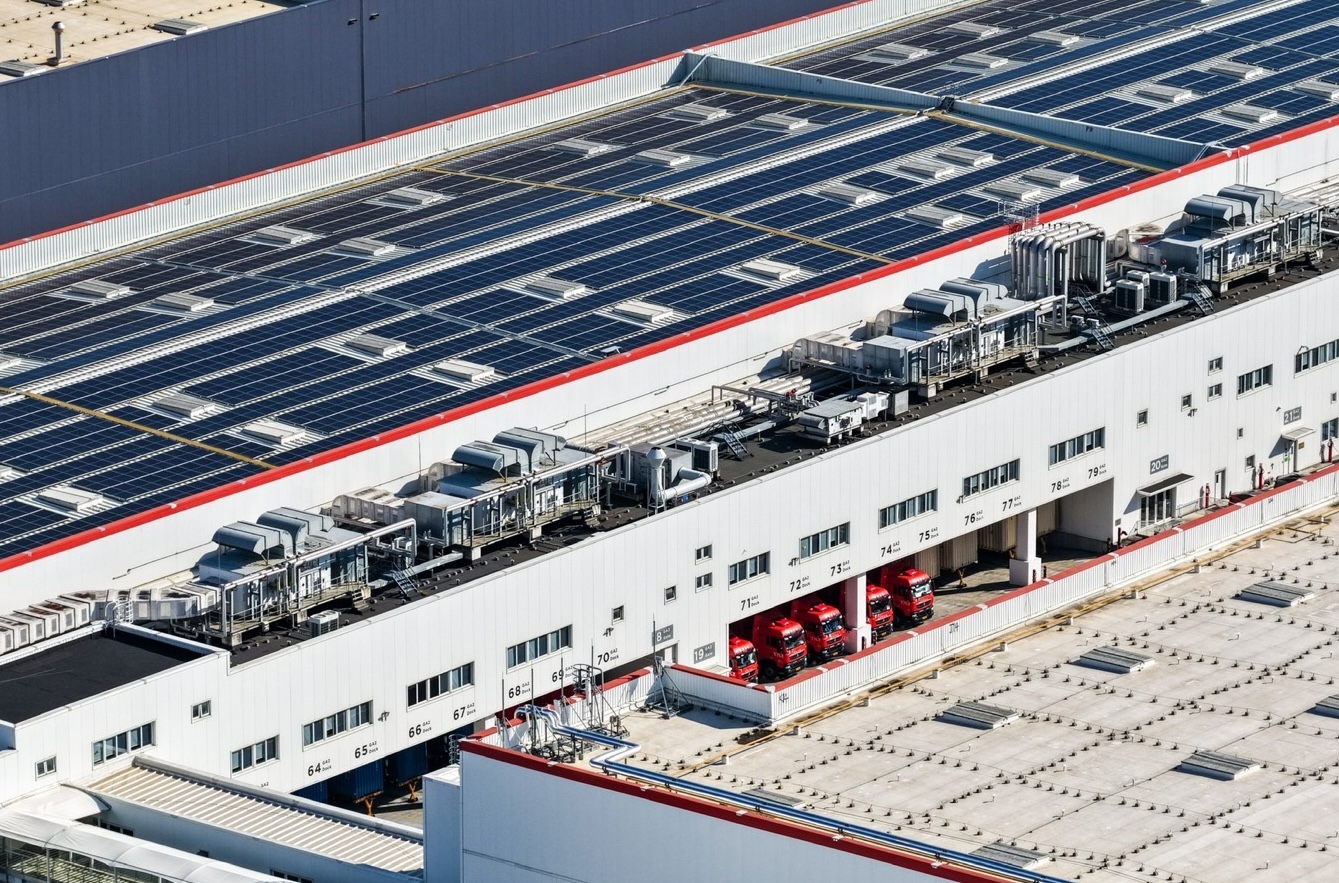
Tesla China Vice President Grace Tao recently shared new details on the company’s solar initiatives in some of its facilities across Shanghai.
In a post on Weibo, the Tesla executive stated that Gigafactory Shanghai’s rooftop solar installation now generates an impressive amount of clean energy, and other sites are following suit.
Tesla China’s rooftop solar initiatives
As per Tao’s post, Giga Shanghai’s rooftop solar system produces about 11 million kWh of electricity per year. This helps reduce carbon emissions by an estimated 4,600 tons annually.
The Shanghai Megafactory, which produces Megapack batteries, is also being fitted with solar panels. Once operational, it is expected to generate an additional 6 million kWh per year and further lower carbon emissions by roughly 2,500 tons.
“At present, the roof of the Shanghai Super Factory is covered with photovoltaic panels, which can generate 11 million kWh of electricity annually and reduce carbon emissions by 4,600 tons. The Shanghai Energy Storage Super Factory next door is also installing photovoltaic panels, which is expected to generate an additional 6 million kWh a year and reduce carbon emissions by 2,500 tons,” Tao wrote in her post.
Tesla expands solar and storage efforts
Beyond its manufacturing hubs, Tesla is extending its renewable energy strategy to service centers and retail operations in China. Tao stated that the roof of Tesla’s Shanghai Kangqiao Direct Body and Paint Center already produces around 400,000 kWh of green electricity each year, reducing emissions by yet another 170 tons.
She highlighted that Tesla’s goal is to ensure clean electricity powers the full lifecycle of its products, from manufacturing and storage to on-road charging. “The manufacture, storage, and use of clean electricity runs through the entire chain of Tesla products, and is also the contribution of every Tesla owner to a sustainable tomorrow for the earth,” Tao stated.
-

 Elon Musk2 weeks ago
Elon Musk2 weeks agoSpaceX posts Starship booster feat that’s so nutty, it doesn’t even look real
-

 Elon Musk1 week ago
Elon Musk1 week agoTesla Full Self-Driving gets an offer to be insured for ‘almost free’
-

 News1 week ago
News1 week agoElon Musk confirms Tesla FSD V14.2 will see widespread rollout
-

 News2 weeks ago
News2 weeks agoTesla is adding an interesting feature to its centerscreen in a coming update
-

 News2 weeks ago
News2 weeks agoTesla launches new interior option for Model Y
-

 News2 weeks ago
News2 weeks agoTesla widens rollout of new Full Self-Driving suite to more owners
-

 Elon Musk2 weeks ago
Elon Musk2 weeks agoTesla CEO Elon Musk’s $1 trillion pay package hits first adversity from proxy firm
-

 News1 week ago
News1 week agoTesla might be doing away with a long-included feature with its vehicles


